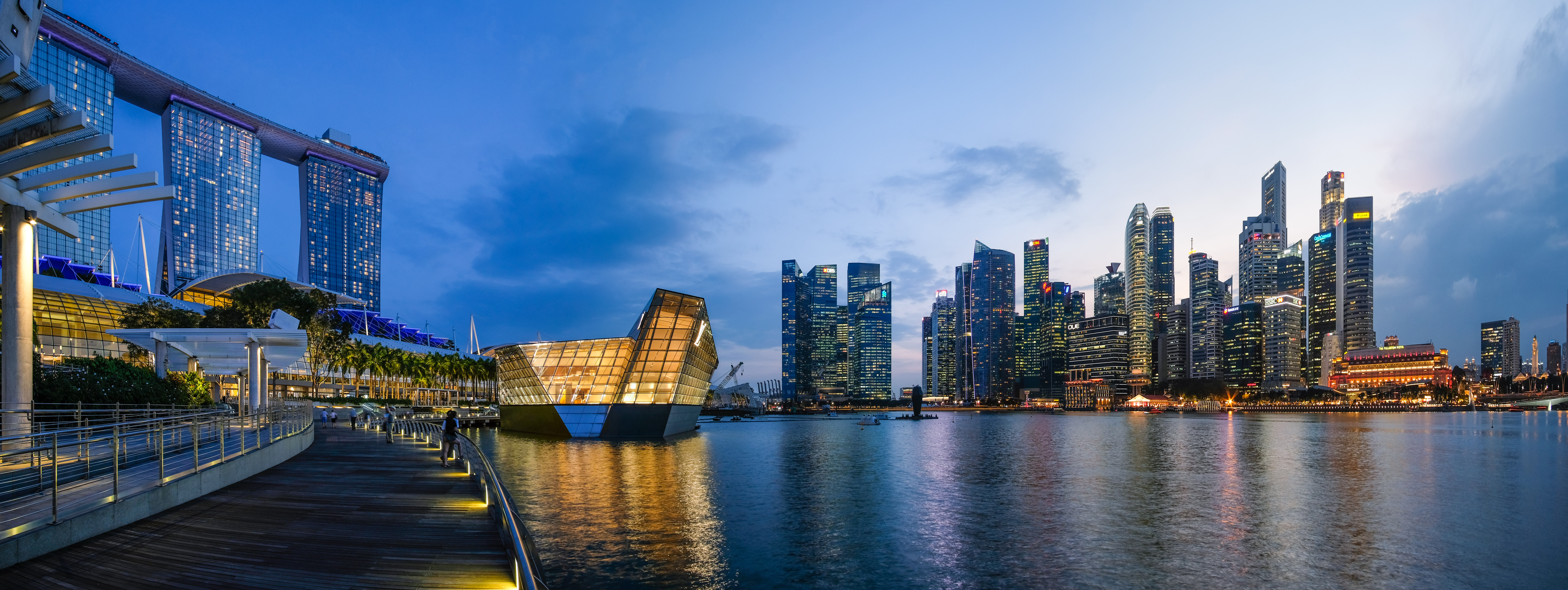10 Weirdly Specific Phobias That Actually Exist
In the vast tapestry of human psychology, phobias represent some of the most intriguing threads. While many are familiar with common fears like arachnophobia or claustrophobia, a deeper dive into the world of phobias reveals a myriad of oddly specific fears that challenge our understanding of the human psyche. These phobias, often rooted in complex psychological and cultural contexts, offer a glimpse into the diversity of human experience and the peculiar ways in which fear manifests. This article embarks on a journey through 10 such phobias, each more astonishing than the last, inviting readers to venture into the quirky world of fears that defy belief. As we explore these phobias, we will uncover not only the nature of these fears but also the profound insights they offer into the human mind. Prepare to be intrigued, amused, and perhaps even a little bewildered as we delve into this fascinating subject.
1. Arachibutyrophobia: The Fear of Peanut Butter Sticking to the Roof of Your Mouth

Arachibutyrophobia is a phobia that might sound humorous at first, but for those who experience it, the fear is all too real. This phobia centers around the anxiety that arises from the thought of peanut butter sticking to the roof of one's mouth. While it may seem trivial, the fear can be debilitating, causing individuals to avoid peanut butter altogether. Psychologists suggest that this phobia may be linked to a fear of choking or suffocation, as the sensation of peanut butter sticking can mimic these experiences. The phobia highlights how seemingly innocuous experiences can trigger deep-seated fears, shedding light on the complex nature of anxiety disorders. Interestingly, arachibutyrophobia also underscores the role of texture in our sensory experiences. The sticky, thick consistency of peanut butter can be unpleasant for some, and when combined with a heightened sensitivity to textures, it can lead to significant distress. This phobia serves as a reminder of the diverse ways in which sensory perceptions can influence our emotional responses. Moreover, it challenges the notion of rationality in fears, demonstrating that phobias can arise from unexpected sources, reflecting the intricate interplay between mind and body.
2. Nomophobia: The Fear of Being Without Mobile Phone Coverage
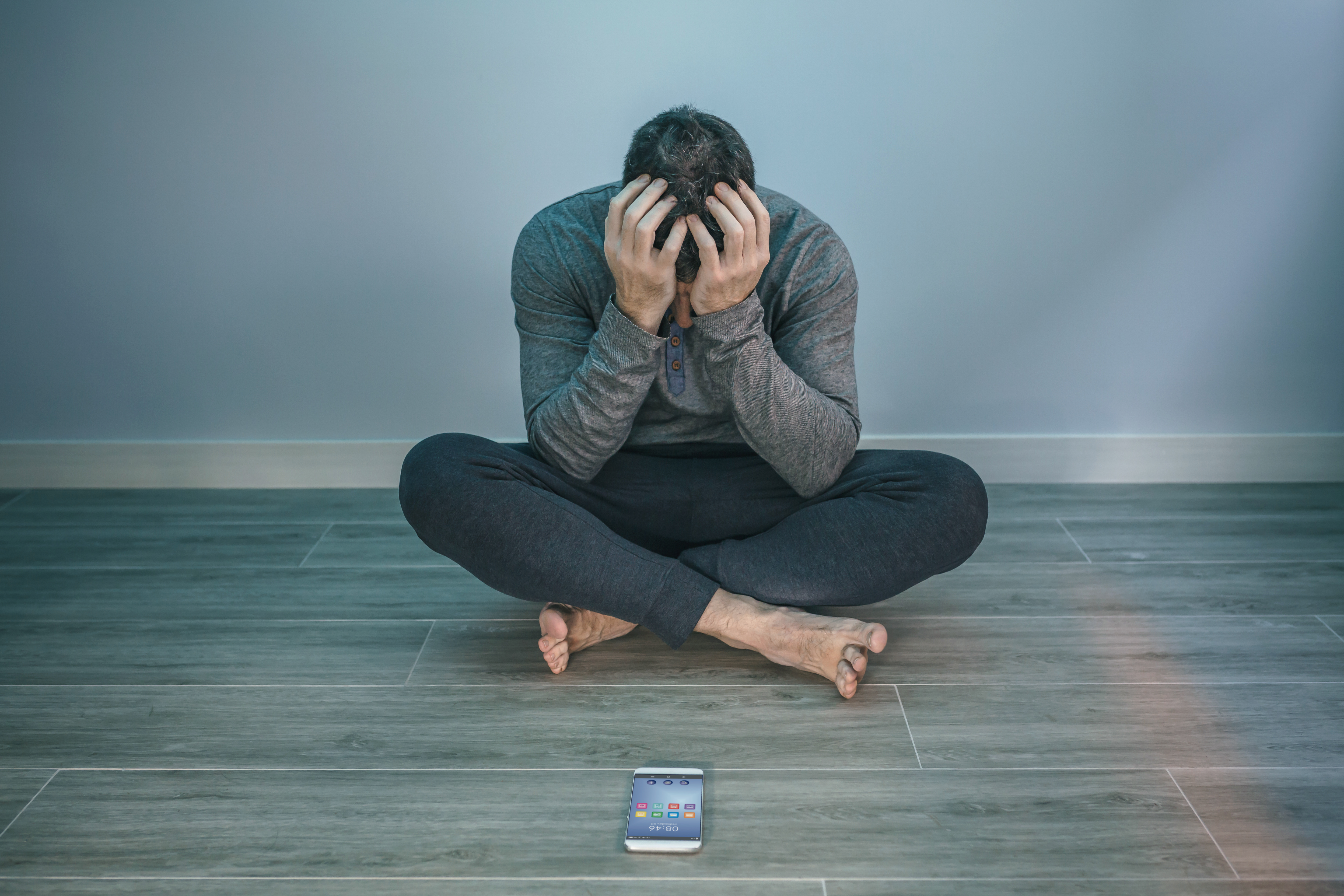
In the digital age, being disconnected from one's mobile phone can be terrifying for many. Nomophobia, or the fear of being without mobile phone coverage, epitomizes this modern anxiety. As smartphones have become integral to daily life, the fear of losing access to communication, information, and social networks has intensified. For those with nomophobia, the prospect of being out of touch can trigger panic attacks and extreme anxiety, highlighting the deep psychological dependency on technology. This phobia raises important questions about the impact of digital technology on mental health and the nature of modern connectivity. The rise of nomophobia also reflects broader societal changes. As our lives become increasingly intertwined with digital devices, the boundaries between the virtual and physical worlds blur. This phobia is a cautionary tale about the potential consequences of over-reliance on technology, emphasizing the need for balance and mindfulness in our digital interactions. Furthermore, it offers a window into the future, where technological advancements may give rise to new forms of anxiety and fear, challenging our understanding of phobias in the context of a rapidly changing world.
3. Xanthophobia: The Fear of the Color Yellow
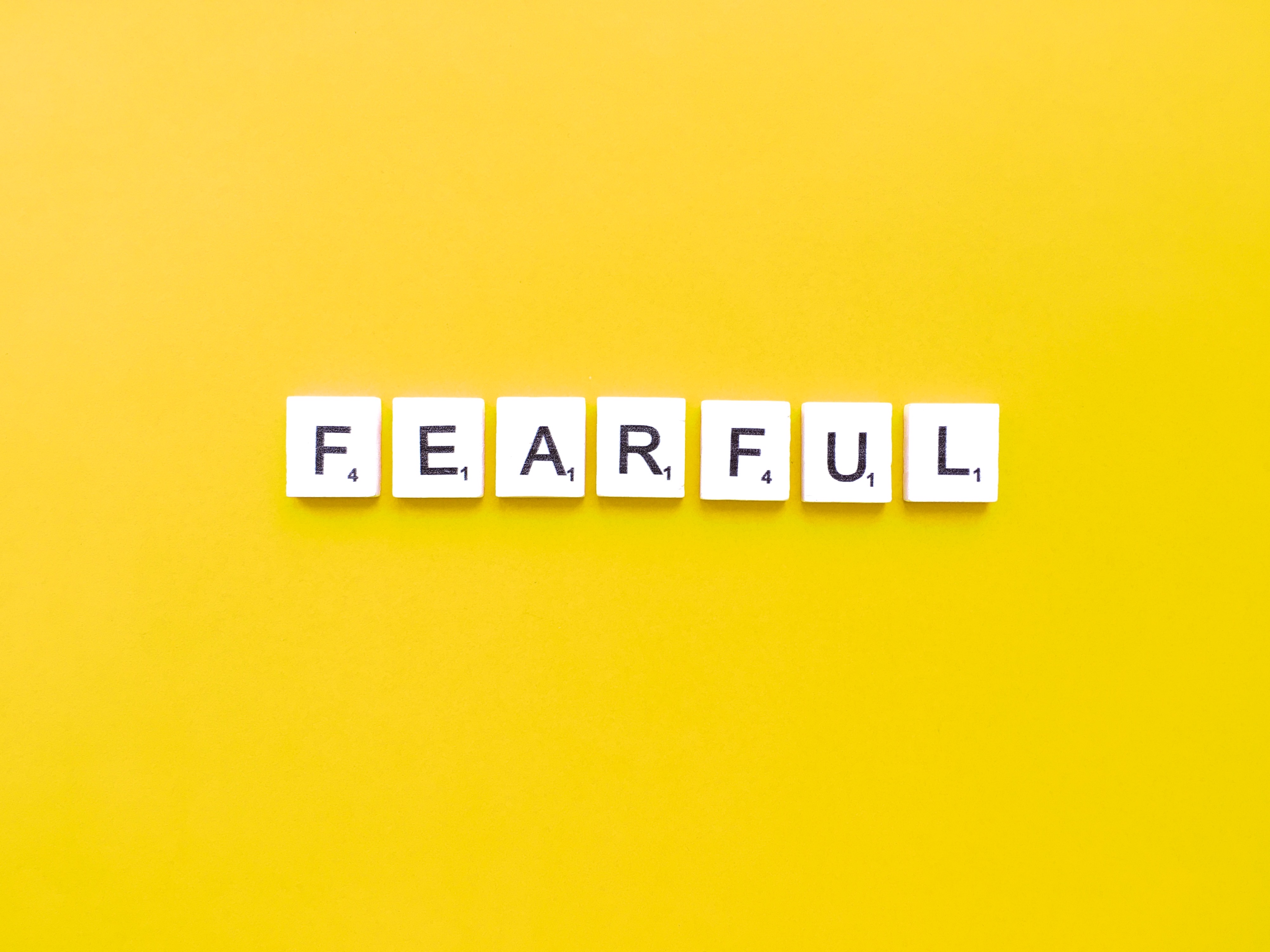
Colors are powerful symbols that evoke a wide range of emotions and associations. However, for individuals with xanthophobia, the color yellow is a source of intense fear. This phobia can manifest in various ways, from an aversion to yellow objects to an overwhelming anxiety triggered by the mere sight of the color. While the origins of xanthophobia are not entirely understood, some psychologists suggest that it may be linked to negative experiences associated with yellow or cultural meanings attributed to the color. This phobia highlights the complex relationship between color perception and emotional response. Xanthophobia also invites us to consider the symbolic meanings of colors across different cultures. In some societies, yellow is associated with happiness and warmth, while in others, it may symbolize caution or betrayal. The fear of yellow underscores the subjective nature of color symbolism and its impact on individual psychology. Additionally, it challenges us to reflect on the ways in which cultural and personal experiences shape our perceptions and fears, offering a fascinating glimpse into the interplay between color, emotion, and cognition.
4. Pogonophobia: The Fear of Beards

In a world where facial hair can be a symbol of style and identity, pogonophobia, or the fear of beards, stands out as a particularly unusual phobia. For those affected, the sight of a beard can provoke intense anxiety and discomfort. This fear may stem from various sources, including negative past experiences with bearded individuals or cultural stereotypes that associate beards with certain traits or behaviors. Pogonophobia highlights the role of social and cultural influences in shaping our fears, as well as the power of physical appearance in affecting psychological responses. The fear of beards also raises intriguing questions about the nature of attraction and aversion. In a society where grooming and personal appearance are highly valued, pogonophobia challenges conventional notions of beauty and masculinity. It prompts us to consider how societal norms and expectations influence our perceptions and fears, and how these perceptions can vary widely across different cultures and contexts. Ultimately, pogonophobia offers a thought-provoking exploration of the ways in which physical characteristics can elicit complex emotional reactions, reflecting the intricate relationship between appearance and identity.
5. Omphalophobia: The Fear of Belly Buttons

Omphalophobia, or the fear of belly buttons, is a phobia that might seem peculiar at first glance, yet it affects a significant number of people. This fear can manifest as an aversion to touching one's own belly button or seeing others' belly buttons. The origins of omphalophobia are not entirely clear, but some experts suggest that it may be linked to the umbilical connection to the mother, symbolizing vulnerability and dependency. This phobia highlights the deep-seated associations between body parts and psychological states, offering insights into the complex nature of bodily self-awareness. The fear of belly buttons also invites us to consider the cultural and symbolic meanings attributed to the navel. In some cultures, the belly button is seen as a symbol of life and creation, while in others, it may be associated with shame or taboo. Omphalophobia challenges us to reflect on the ways in which cultural beliefs and personal experiences shape our perceptions of the body, and how these perceptions can give rise to intense fears. This phobia serves as a reminder of the intricate connections between the physical and psychological aspects of human experience, revealing the profound impact of bodily awareness on our emotional well-being.
6. Hippopotomonstrosesquippedaliophobia: The Fear of Long Words
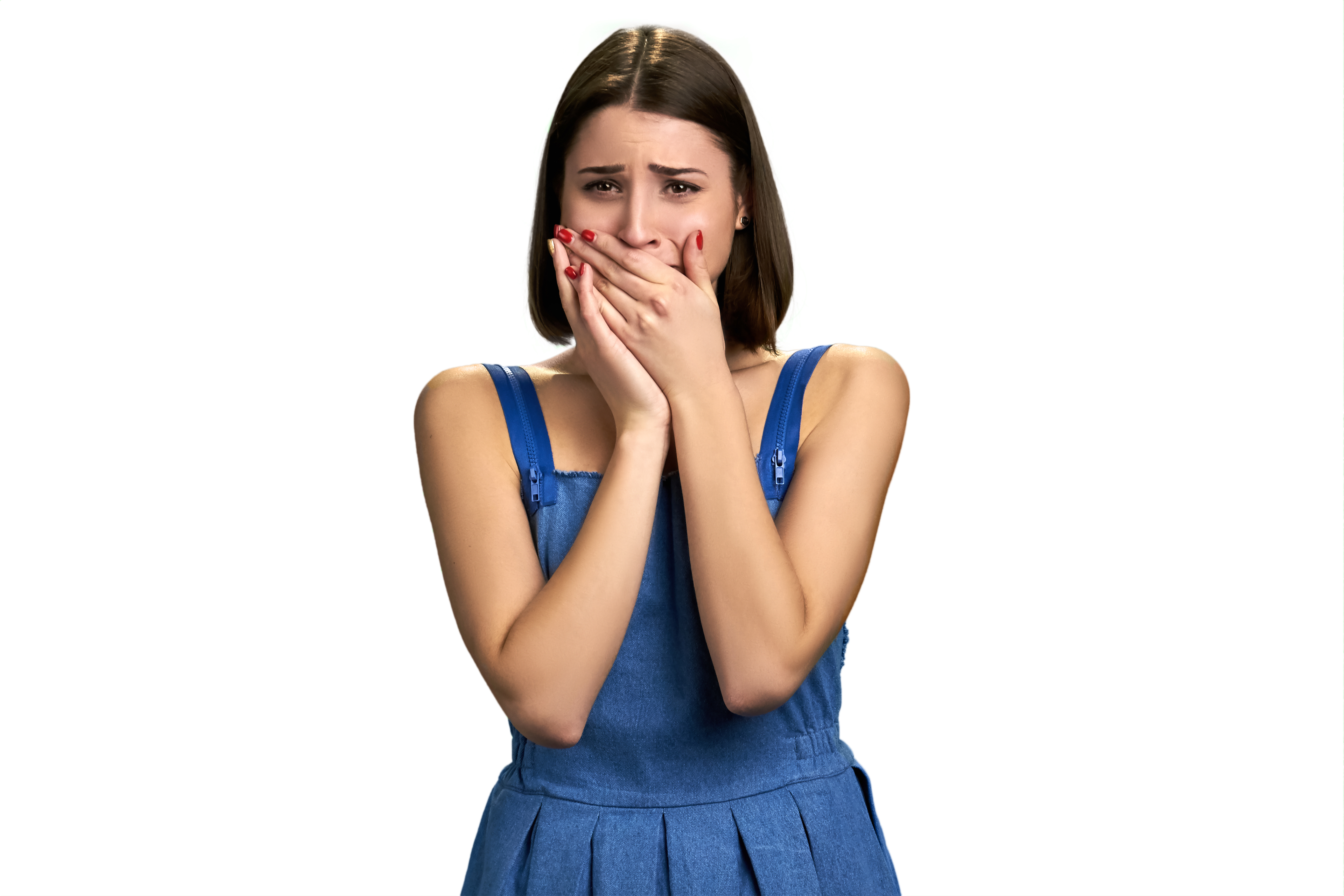
Ironically named, hippopotomonstrosesquippedaliophobia is the fear of long words. This phobia can be particularly challenging for those who experience it, as it often involves anxiety about pronouncing or encountering lengthy words. The fear may stem from a lack of confidence in language skills or negative experiences related to verbal communication. Hippopotomonstrosesquippedaliophobia highlights the complex relationship between language and fear, offering insights into the ways in which linguistic challenges can impact psychological well-being. This phobia also raises important questions about the role of language in shaping our perceptions and experiences. In a world where communication is key to personal and professional success, the fear of long words underscores the pressures and anxieties associated with linguistic competence. It prompts us to consider how societal expectations around language proficiency can contribute to phobias and other anxiety disorders. Ultimately, hippopotomonstrosesquippedaliophobia invites us to reflect on the power of language and its influence on our emotional and psychological states, revealing the profound impact of words on our fears and insecurities.
7. Triskaidekaphobia: The Fear of the Number 13

Triskaidekaphobia, or the fear of the number 13, is a phobia that has deep roots in cultural superstitions and beliefs. This fear is prevalent in many societies, where the number 13 is often associated with bad luck or misfortune. For individuals with triskaidekaphobia, encountering the number 13 can provoke intense anxiety and avoidance behaviors. This phobia highlights the powerful influence of cultural beliefs and traditions on our fears, offering insights into the ways in which superstition and folklore shape our perceptions of the world. The fear of the number 13 also invites us to consider the broader phenomenon of numerophobia, or the fear of numbers, and its impact on human psychology. In a world where numbers play a crucial role in various aspects of life, from finance to technology, triskaidekaphobia challenges us to reflect on the ways in which numerical symbolism can affect our emotional and psychological well-being. This phobia reminds us of the complex interplay between culture, belief, and fear, revealing the profound impact of societal norms and traditions on our perceptions and experiences.
8. Geniophobia: The Fear of Chins

Geniophobia, or the fear of chins, is a phobia that might seem bizarre at first, yet it affects a significant number of people. This fear can manifest as an aversion to touching one's own chin or seeing others' chins. The origins of geniophobia are not entirely clear, but some experts suggest that it may be linked to negative associations with facial features or cultural stereotypes. This phobia highlights the role of physical appearance in shaping our fears, offering insights into the ways in which facial characteristics can impact psychological responses. The fear of chins also raises intriguing questions about the nature of attraction and aversion. In a society where facial features are often scrutinized and judged, geniophobia challenges conventional notions of beauty and self-image. It prompts us to consider how societal norms and expectations influence our perceptions and fears, and how these perceptions can vary widely across different cultures and contexts. Ultimately, geniophobia offers a thought-provoking exploration of the ways in which physical characteristics can elicit complex emotional reactions, reflecting the intricate relationship between appearance and identity.
9. Phobophobia: The Fear of Phobias

Phobophobia, or the fear of phobias, is a unique and paradoxical condition that involves an intense fear of developing a phobia. This fear can create a cycle of anxiety, as individuals become preoccupied with the possibility of experiencing irrational fears. Phobophobia highlights the complex nature of anxiety disorders and the ways in which fear can perpetuate itself, offering insights into the intricate interplay between anticipation and emotion. This phobia also raises important questions about the nature of fear and its impact on mental health. In a world where anxiety disorders are increasingly prevalent, phobophobia challenges us to reflect on the ways in which fear can shape our perceptions and experiences, and how these perceptions can contribute to the development of further anxieties. This phobia serves as a reminder of the profound impact of fear on the human mind, revealing the complexities of anxiety and its influence on our emotional and psychological well-being.
10. Ablutophobia: The Fear of Bathing
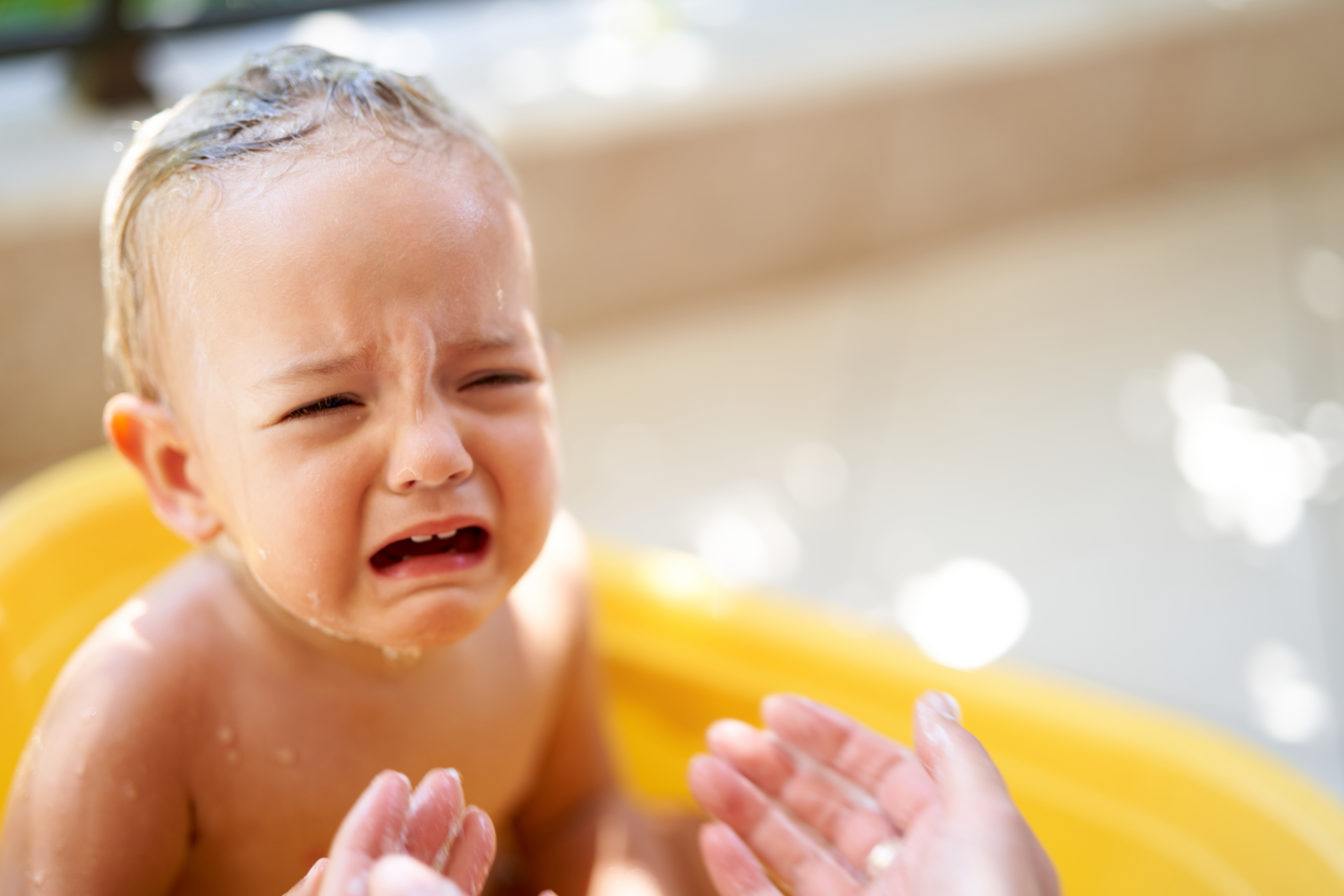
Ablutophobia, or the fear of bathing, is a phobia that can have significant implications for personal hygiene and social interactions. This fear may stem from negative experiences related to water or bathing, or it may be linked to sensory sensitivities or cultural beliefs. For individuals with ablutophobia, the prospect of bathing can provoke intense anxiety and avoidance behaviors, highlighting the impact of phobias on daily life. The fear of bathing also invites us to consider the broader phenomenon of hygiene-related phobias and their impact on health and well-being. In a world where cleanliness is often associated with social acceptance and self-esteem, ablutophobia challenges us to reflect on the ways in which societal norms and expectations influence our perceptions and fears. This phobia reminds us of the complex interplay between culture, belief, and fear, revealing the profound impact of societal norms and traditions on our perceptions and experiences.
As we conclude our exploration of these 10 absurdly specific phobias, we are left with a deeper understanding of the enigmatic world of human fears. Each phobia, with its unique characteristics and origins, offers valuable insights into the complexity of the human mind and the diverse ways in which fear manifests. From the fear of peanut butter sticking to the roof of one's mouth to the fear of long words, these phobias challenge conventional notions of rationality and highlight the intricate interplay between culture, belief, and emotion. Our journey through these phobias underscores the importance of empathy and understanding in addressing the challenges faced by individuals with anxiety disorders. By acknowledging the diverse nature of phobias and the profound impact they can have on daily life, we can foster a more inclusive and supportive environment for those affected. Ultimately, this exploration invites us to reflect on the complexities of the human experience and the fascinating ways in which fear shapes our perceptions and interactions with the world.




